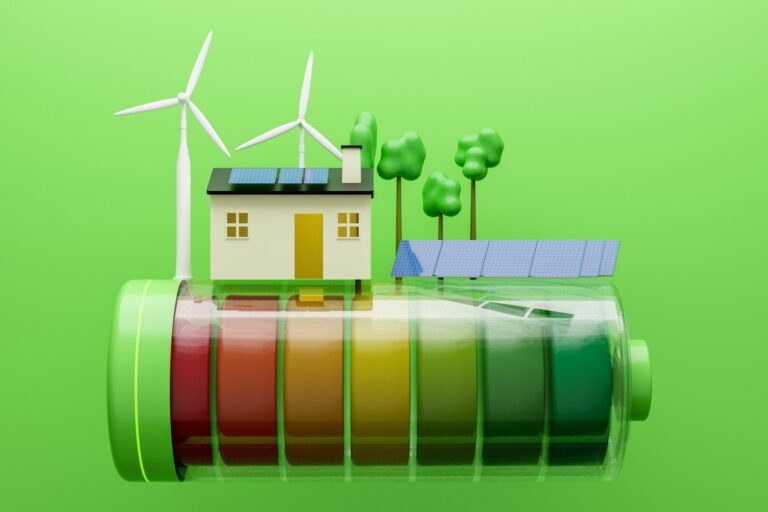The demand for eco-friendly building materials has experienced a significant surge, driven by both growing consumer demand and more stringent environmental regulations. A recent report from the Green Building Council highlights how this shift is transforming the construction industry, with developers, architects, material suppliers, and environmentally conscious homebuyers all embracing sustainable building practices. As sustainability takes center stage, eco-friendly materials are becoming essential to modern construction projects, from new builds to renovations.
A notable turning point in this movement has been the introduction of innovative, sustainable materials such as recycled steel, bamboo, and low-impact concrete. These materials are quickly gaining popularity due to their reduced environmental impact and ability to lower carbon footprints. Recycled steel, for example, uses less energy in production compared to new steel, while bamboo is a rapidly renewable resource that is not only strong but also highly sustainable. Low-impact concrete, which includes alternatives like fly ash or slag, reduces the carbon emissions typically associated with traditional concrete production. These materials are not only environmentally friendly but also contribute to energy efficiency and durability in the buildings they are used to construct.
Developers are increasingly integrating these sustainable materials into both new home builds and renovation projects. Many recognize that the demand for environmentally conscious living spaces is at an all-time high, driven by the growing awareness of climate change and the desire for more energy-efficient homes. Additionally, stricter environmental regulations are encouraging developers to adopt greener practices, as governments around the world implement policies aimed at reducing the construction industry’s environmental footprint.
The lasting impact of this trend is expected to reshape the entire construction industry. As sustainability becomes a core value for consumers, it is likely that the use of eco-friendly materials will become standard practice rather than an exception. With stricter regulations pushing for more sustainable construction methods and increased demand from consumers for greener homes, the future of the residential real estate market will be shaped by these innovative materials and building techniques. Developers will continue to explore new solutions to meet the environmental goals of both regulators and buyers, leading to a wider adoption of green building practices.
This shift towards sustainable construction will also have broader implications for the real estate market. As eco-friendly materials become more mainstream, they will not only play a role in reducing the environmental impact of buildings but also add value to homes. Homebuyers, increasingly aware of the long-term benefits of energy-efficient and sustainable homes, are likely to prioritize properties built with eco-friendly materials. This, in turn, will encourage more developers to incorporate green building practices into their projects, reinforcing sustainability as a central tenet of modern construction.
Ultimately, the increasing use of eco-friendly building materials marks a major transformation in the construction industry, one that aligns with broader environmental goals. As sustainability becomes an ever more pressing priority, the move towards greener building practices will continue to reshape residential real estate, making eco-friendly construction a central feature of homes for years to come.
